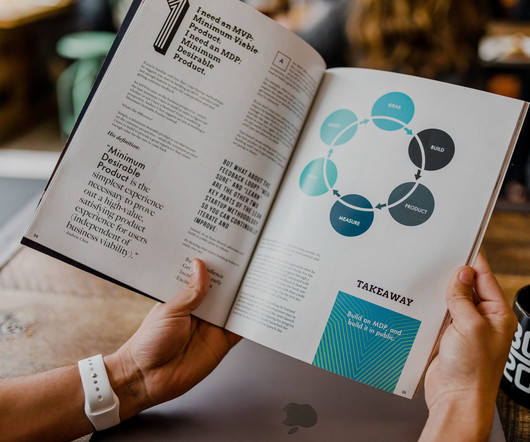Do You Know How to Create an Actionable Learning Strategy?
CLO Magazine
APRIL 19, 2017
For one thing, organizations aren’t reviewing their learning and development strategies very often. Supportive leaders: Executive support is essential to create a learning organization. Executives provide the finances and direction necessary to guide the organization’s learning efforts.




























Let's personalize your content